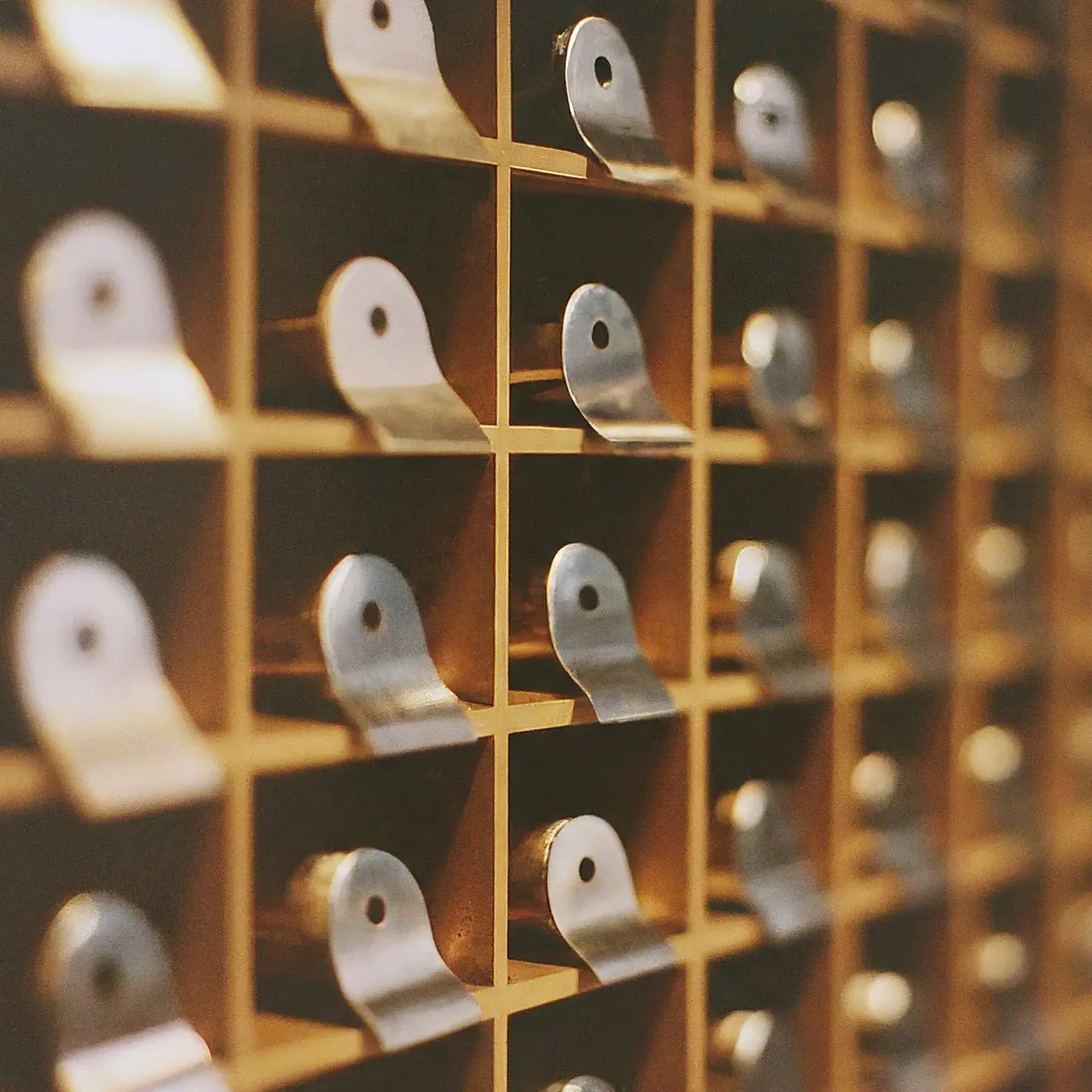When it comes to standing out on the crowded shelves of today’s stores, every detail counts. Among these, metallic labels have emerged as a powerful tool to catch the consumer’s eye. Let’s dive into the shiny world of metallic labels and see how they can transform the presence of any product on the shelf.
The Psychology Behind Metallic Labels
Have you ever wondered why metallic labels grab your attention so effortlessly? It’s all rooted in psychology. Humans are naturally attracted to things that shine; it’s a survival instinct that dates back to when our ancestors were drawn to shimmering rivers and sources of water. In the modern retail environment, metallic labels play into this primal attraction by standing out amongst a sea of matte-finished products. This magnetic pull towards metallics can significantly boost the perceived value of a product, making it more likely that a consumer will pick it up off the shelf.
Moreover, the color and brightness of metallic labels can significantly affect consumer perception. Gold and silver, for example, are often associated with luxury and high quality. When consumers see a product adorned with these colors, they subconsciously relate the product to these attributes, making the choice to purchase easier. This psychological link between color, material, and perception is a cornerstone for why metallic labels are so effective in enhancing shelf presence.
Comparing Metallic Labels to Traditional Labels
When we put metallic labels side by side with traditional paper labels, the contrast in shelf impact is stark. Traditional labels, while versatile and cost-effective, can easily blend into the background in a retail setting. Metallic labels, on the other hand, reflect light and catch the eye, providing a dynamic visual experience. This isn’t just about aesthetics; it’s about visibility. In a consumer study, products with metallic labeling were noticed significantly quicker than those with non-metallic labels, suggesting that metallic labels can make a product more likely to be seen and, subsequently, purchased.
Furthermore, the durability of metallic labels is another factor to consider. They often withstand environmental factors better than paper labels, resisting fading and wear over time. This durability not only maintains the attractiveness of the product but also signals quality to the consumer. A label that remains intact and shiny over time reassures customers of the product’s quality, potentially influencing their loyalty and repeat purchases.
Design Considerations for Metallic Labels
Designing a metallic label requires a careful balance of creativity and restraint. The goal is to create a label that stands out but also complements the product. Designers often use metallics as highlights or accents to draw attention to certain elements of the label, like the brand name or a specific feature of the product. This technique, known as spot metallic printing, allows for the strategic use of metallic effects without overwhelming the entire design.
Additionally, the choice of colors and textures plays a significant role in the overall effectiveness of a metallic label. Combining metallic elements with matte finishes can create a sophisticated contrast that elevates the product’s shelf appeal. Moreover, considering the product and its packaging when designing the label is crucial. For instance, a metallic label on a matte black bottle can create a sleek, modern look, while a bright, textured metallic label might be more fitting for a more vibrant, playful product.
Case Studies: Success Stories with Metallic Labels
One notable success story comes from a premium vodka brand that redesigned its labels with a silver metallic finish. This simple change led to a dramatic increase in visibility and, subsequently, a 20% uplift in sales over the holiday season. The new label didn’t just signify luxury; it made the bottle stand out on a crowded liquor store shelf, grabbing the attention of holiday shoppers looking for a special gift.
Another example is a boutique coffee brand that introduced gold metallic labels for its limited-edition range. The result was an immediate perception of exclusivity and quality, helping the brand to command a higher price point. The metallic labels served as a key differentiator in a competitive market, contributing to an impressive 30% increase in sales for the limited-edition range.
Implementing Metallic Labels into Your Branding Strategy
Integrating metallic labels into your branding strategy requires thoughtful consideration of your brand identity and target market. The allure of metallics can be highly effective for premium and luxury products, but it’s also possible to incorporate them in a way that appeals to broader markets. The key is to ensure that the use of metallics aligns with your product’s positioning and enhances its shelf appeal without detracting from the brand message.
Collaborating with experienced designers and label manufacturers can help you navigate the possibilities and limitations of metallic labeling. They can provide insight into the latest trends, materials, and technologies, such as digital metallic printing, that can make the implementation of metallic labels both feasible and efficient. Ultimately, the decision to incorporate metallic labels should be driven by a desire to elevate your product’s presence on the shelf and create a lasting impression on consumers.
A Shiny Conclusion
Metallic labels, with their unique ability to attract attention and evoke a sense of quality, play a significant role in the competitive retail environment. Incorporating them into your product packaging strategy can elevate your brand’s shelf presence and potentially increase your product’s appeal to consumers. Remember, in a sea of sameness, a little shine can go a long way.

